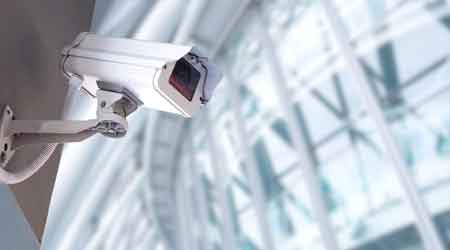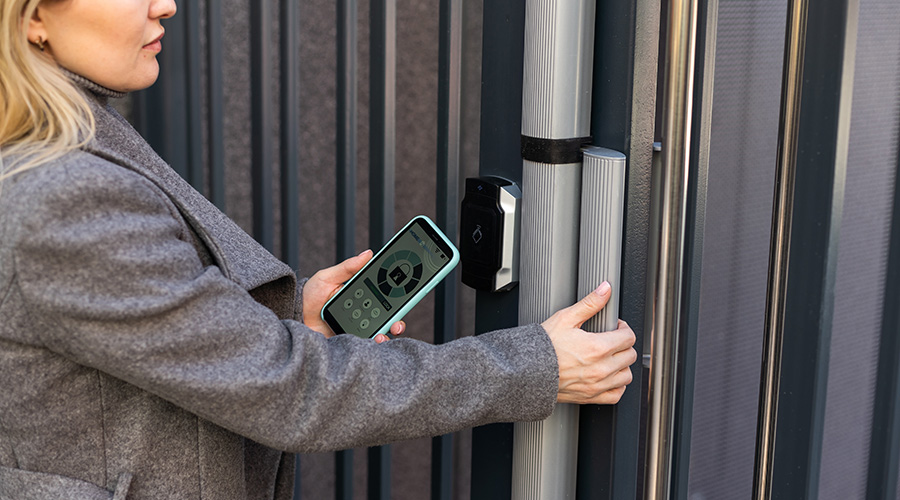Security Measures Must be Designed for the Specific Problems
Last part of a 4-part article using four true stories to teach lessons about protecting life, information, brand, and image
4. Make sure security measures are designed to address the specific problem(s). Under a partnership with the municipality, a corporation developed a park for community use near its corporate campus. The company enriched the park environment with cutting-edge architecture that used large wood beams, cabin-style restrooms, concession stands, and a significant amount of glass. Once the park was completed, however, the corporation had a slew of problems, involving issues with gangs, drugs, ATVs, damage, and vandalism.
The park was a significant distance from the corporate office building. The area had a far setback from the road, was unlighted, and was accessible to those with malicious intent. As it turned out, the problems were being caused by very different groups of people, and the solutions had to address each group.
Aggressors fell into three groups: urban explorers (ATVs), criminal intent (drugs and gang members), and mischievous kids (vandalism). A layered approach was used to change the environment through a crime prevention-through-environmental-design (CPTED) program, which was intended to reduce the aggressors’ confidence that they could get away with these acts without being caught or suffering other ill effects.
To deter urban explorers, signs were posted regarding the property, enforcing ownership and defining the park’s territory. To change their behavior, local motion detectors on light poles were linked to an existing industrial sprinkler system. It only took a few weeks and a handful of soakings before the urban explorers were displaced to another environment.
For those with criminal intent, a more direct approach was needed. Placing security at the park 24/7 was not a cost-effective option. What’s more, the site needed to better control vehicular access. A two-lane divided road accessed the park, but it was uncontrolled. To enforce territoriality, the road that ran parallel to the park was lined with small hedges and “No Trespassing” signs. Access to the site was controlled with a sliding gate that was set on a schedule to remain open during the day and close during the evening hours. Only select community members and police were given a code or ID card to access the gate.
Conversations that the local sheriff’s department personnel had with this group revealed the group had no place to store their new $80,000 to $90,000 Harley Davidson motorcycles. If the corporation built storage for the motorcycles, would the sheriff’s department use it and monitor it? The answer was a resounding “yes.”
Now law enforcement had a reason to frequent the facility, making the area undesirable for criminal activity. In addition, the influx of police drew more legitimate witnesses to the park, while negative influences, such as gang activity, withdrew during weekend sporting games.
The park also had several semi-transparent shelters. The strength of the glass was enhanced by layering it with a film to prevent shattering. This increased the time necessary to vandalize the environment, which increased the opportunity for police detection.
The moral of the story is that effective security has to be tailored to address the specific problem — or problems — at hand. That may mean understanding the motivations of people who pose security risks. In some cases, with proper planning security can be very cost effective.
Sean A. Ahrens, CPP, BSCP, CSC, leads Aon’s global security consulting and design practice. The stories in this article come from his personal diary of security vulnerabilities he has encountered. With more than 20 years of experience in the security industry, Ahrens is responsible for providing security organizational consultation, threat and risk analysis, contingency planning, loss prevention, and force-protection design and planning. Ahrens can be reached at sean.ahrens@aon.com.
How a Smooth-Talking Intruder Can Defeat Building Security
A security consultant was hired to try to penetrate a corporate high rise and gain access to a riser closet, as a way of testing security. The team got in the door without any problems. The consultant, Sean Ahrens, who leads Aon’s global security consulting and design practice, picks up the story from there:
“Once inside the building, I am shocked to see a row of optical turnstiles, which I have no way of getting through. I have now caught the attention of the security guard, who is staring at me from his desk about 30 feet away. However, I remember from the blueprints that there is an emergency stairwell just around the corner. I take the guard on face to face, approach him, place my empty cardboard boxes on the desk with a grunt, and ask him to watch them while I run upstairs. He mumbles at me, which I believe is him consenting, and I take off toward the stairs. “
“As I head towards the stairs, I hear from behind me: ‘Sir!’ I slowly turn. ‘Yes?’ He says, ‘Why don’t you take the elevators? It will be faster.’ I reply, ‘Yeah, I have to lose some weight. My wife and I have a bet, so I am going to quickly run up the stairs. I will be back.’ He chuckles, and tells me that he hopes I win the bet.”
“Most doors from the stairwell are locked, so while running up the stairs, I look for a door that did not close properly. Finally, on the 15th floor, I find it. Prior to entering, I put on a baseball cap that was in my pocket, pull out a drawing, and start looking for the riser closet. Employees are moving around, like ants on the floor, and no one pays attention to me, except for one inquisitive woman who asks, ‘Can I help you?’ I tell her that I am working with the facility director, Francis Gaberonestic, and that I was looking for (insert technical, nonsensical acronym-filled language), to which she replies, ‘Sorry, I have no idea.’ She then points me in the direction of the riser closet that she says is next to the men’s restroom. “
“Once I get to the riser closet, I notice that it is access-controlled. However, it is equipped with an electric strike that has been cut into the frame, which makes the door inherently unsecured. I pull out my credit card to retract the latch and I am in. “
“Now that I have gained entry to the target, I need to notify my client. Within the room, a telephone is mounted on the wall. Over the whir of the servers, I dial the number. The client answers, ‘Hello?’ I reply, ‘Yes, this is Sean. I am in the network riser closet on the 15th floor.’ To which he replies, ‘I am having a hard time hearing you, where are you?’ I reiterate, ‘I am on the 15th floor in your network riser closet.’ Next I hear some mumbling — ‘He’s in the closet.’ I am told to exit the facility and await further instructions, which I do. I go downstairs, collect my boxes, and leave out the front door.”
Related Topics:















